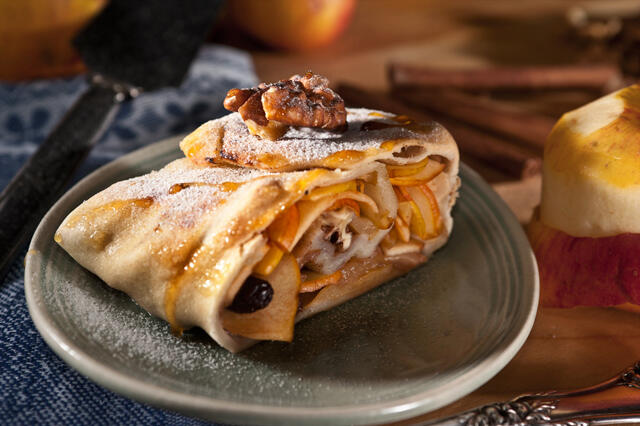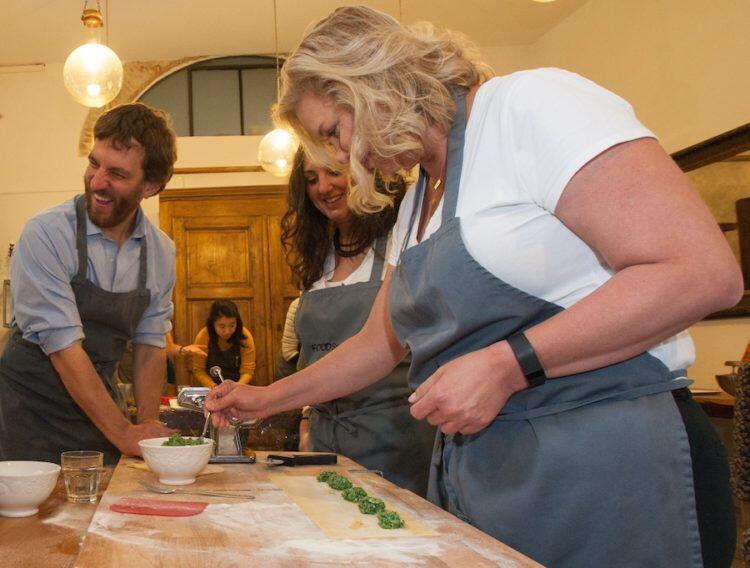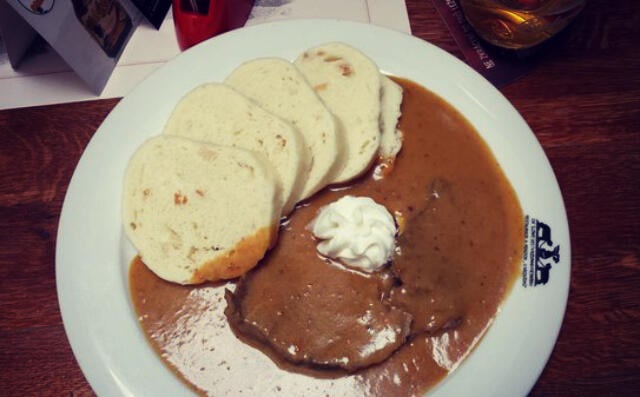The history of strudel dates back hundreds of years. First mentions of a strudel-like pastry appear in the late 15th century in Czech and Austrian archives. The origins of the recipe can be traced to Turkish baklava and filo pastry; the dish spread to Europe after the fall of Constantinople.
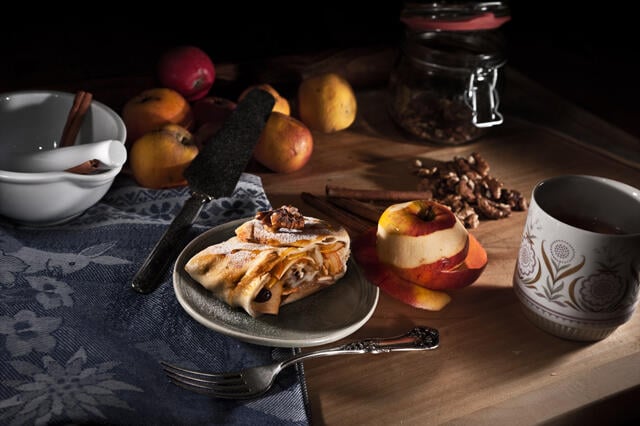
A 1696 recipe found in a Viennese library already calls the dish Strudel, and the filling is apple based. Strudel’s popularity spread through the entire Habsburg Empire and it became a traditional sweet (and also savory) dish in the whole region, including northern Italy, Bavaria and the Czech lands. The name Strudel comes from the German word for “whirlpool” – because the rolled version of the pastry looks like the inside of a whirlpool. Nowadays, it is a favorite dessert in Prague cafés and restaurants, and is probably one of the most frequently served, too.
Ingredients:
For the pastry:
- 1/2 cup (125 grams) all-purpose flour
- 1/2 cup (125 grams) semolina (or coarse flour if you can get it)
- Pinch of salt
- 3.4 oz (100 ml) lukewarm water
- 1 egg
- 3 tablespoons oil
- 1 teaspoon vinegar
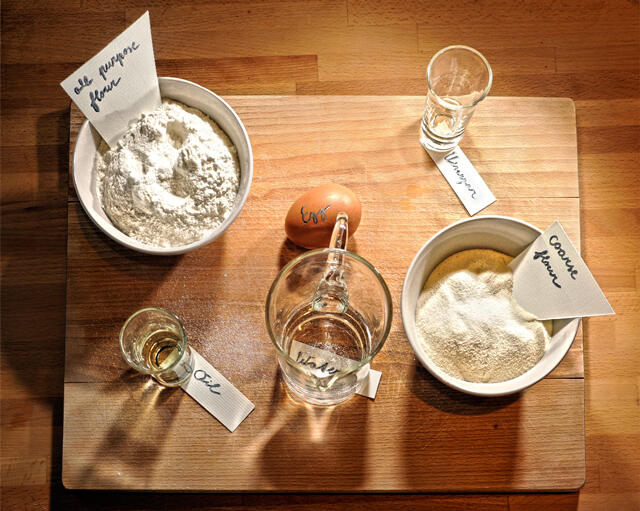
For the filling:
- 3-4 apples, thinly sliced (Czechs use so-called “strudel apples” for the filling; mostly, these are the imperfect apples that have been bruised a little – the fruit starts developing more sugar to protect itself from bacteria)
- Raisins and walnuts to taste
- 1 teaspoon ground cinnamon
- Icing sugar for decorating before serving
Procedure:
Mix both types of flour (or just use two cups of all-purpose flour) and a pinch of salt. Gradually add the water, egg, vinegar and most of the oil while kneading the dough on a flour-covered table.
When you get a very elastic dough with a silky shine, form a ball, oil the surface, wrap the dough in foil and, let it rest for at least half an hour in the fridge.
When rested, start stretching the dough with your hands until it is very thin. One of the Habsburg’s chefs noted that the perfect thickness is achieved when you can read a love letter through the dough.
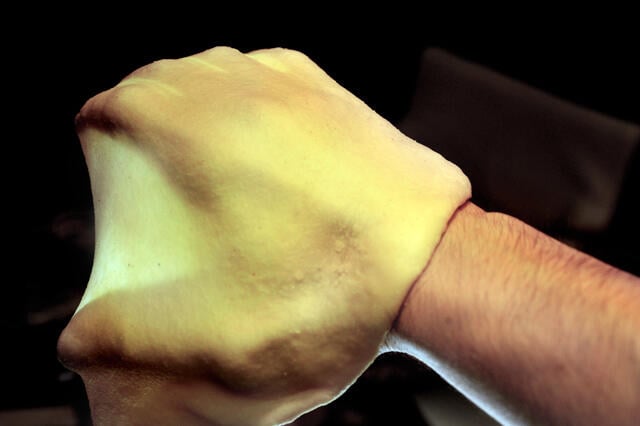
I consider the pastry thin enough when I can read my palm lines. The dimensions should be around 20 x 30 inches (50 x 75 cm). Spread the pastry on a kitchen towel and spread out the thinly cut apples, raisins and walnuts into a consistent layer on top; keep about an inch free on 3 sides for easy wrapping. Spice with cinnamon, and start wrapping using the cloth as support on both sides.
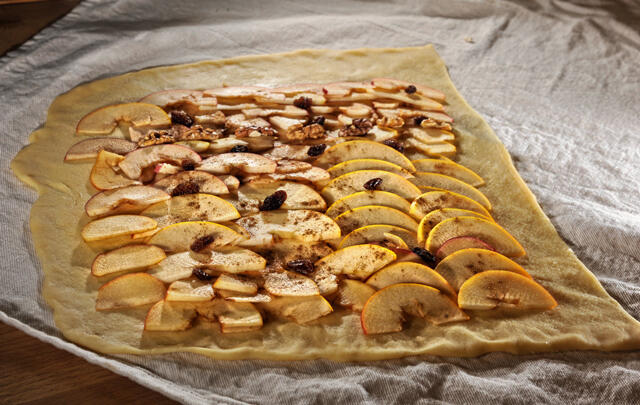
Create a spiral and tightly form a roll; wet your fingers in water and moisten the edges to make them stick better. Gently press and wrap both sides. Wrap the strudel in the cloth and transfer to a baking tray. Place in the oven pre-heated to 350 F (175 C) and bake for 50-55 minutes until lightly golden. Sprinkle with icing sugar before serving.
